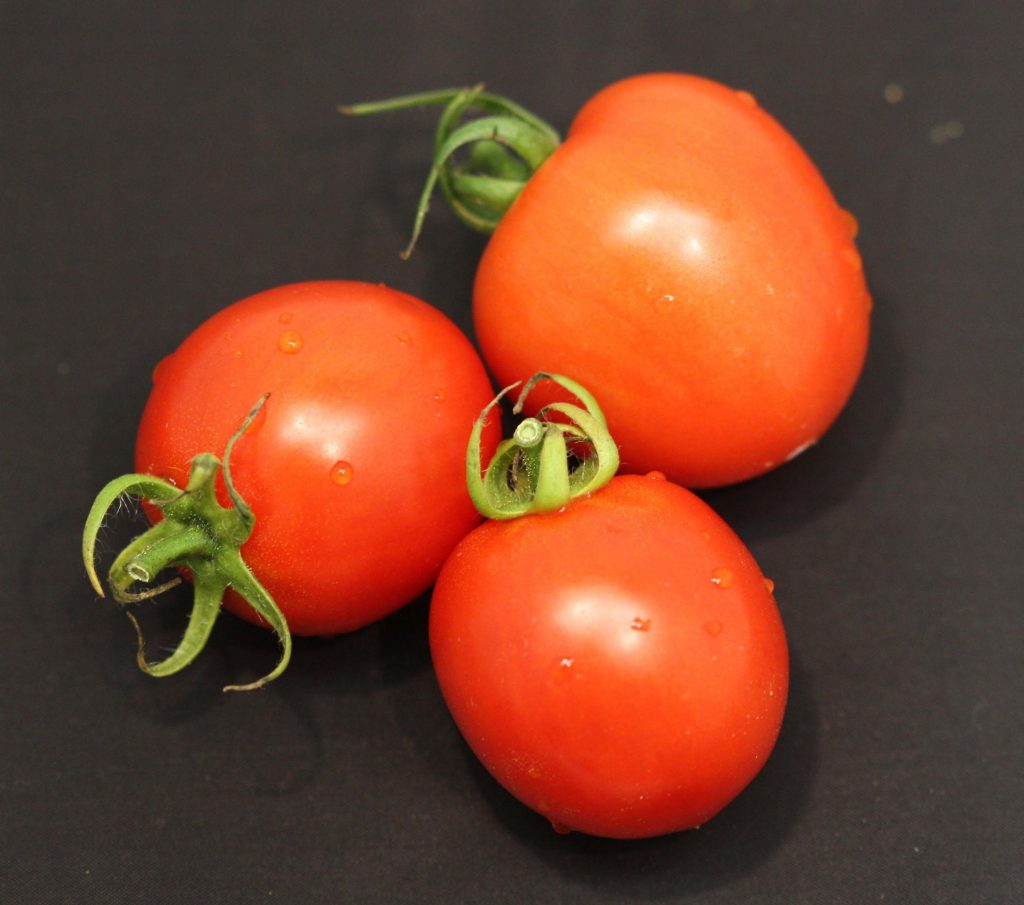
By Clint Thompson
University of Florida tomato breeder Sam Hutton can sometimes be in a no-win situation when trying to create a variety of the future.
Between a consumer base that desires quality, and farmers, who crave quantity, it presents a challenging scenario.
How do you keep farmers and consumers happy? It is almost impossible.
“As you increase your sugars, your flavor gets better. But as you increase your sugars, your yield generally goes down. As a breeder that’s a challenge I have to deal with,” Hutton said. “I’ve got to be selecting for higher yields at the same time I’m selecting for higher sugars. I can’t have one without the other.”
Thus, the life of a plant breeder who’s trying to find the perfect tomato. Unfortunately, that’s likely never to happen. The target of what’s desired shifts too frequently, says Hutton.
“What was the perfect tomato two decades ago wouldn’t be today,” Hutton said.
Tomato Qualities
The market still demands large fruit size, nice shape and good color. But quality is starting to become more of an important consideration. That’s a challenge considering the various components that quality consists of.
“I can breed varieties for better color inside and outside. That’s something I need to be doing and something my program has always emphasized, and I think other programs as well,” Hutton said. “But you start talking about flavor, that’s a really complex trait. Whether or not it’s front and center for every grower, that may not be the case, but I don’t think it’s true that anybody’s ignoring it anymore. It’s at least on their minds because consumers are starting to demand it.”
Disease resistance is also of greater importance. This is especially true for producers in North Florida and Georgia with respect to tomato yellow leaf curl virus. Severe cases have increased in recent years, especially in the fall when whitefly pressure is high. Tomato yellow curl virus, which is transmitted by whiteflies, can cause very high yield losses and reduce the crop’s marketability.
“When you start to figure rising costs, the grower can’t afford to have their yield compromised,” Hutton said. “They need to have maximum yield and they need to have it consistently, whatever the environment throws their way.”
That’s a lot of factors for Hutton to consider and multiple needs that must be met. Thus, the challenge of a tomato breeder.









